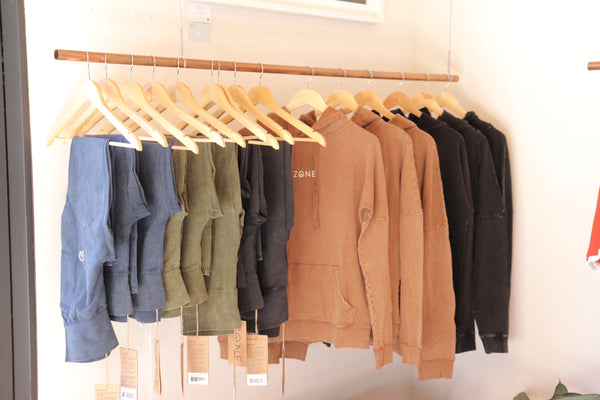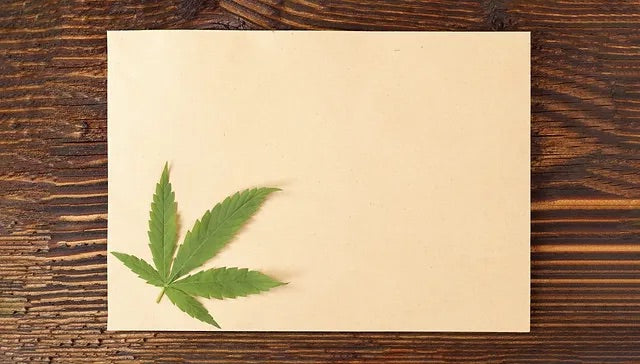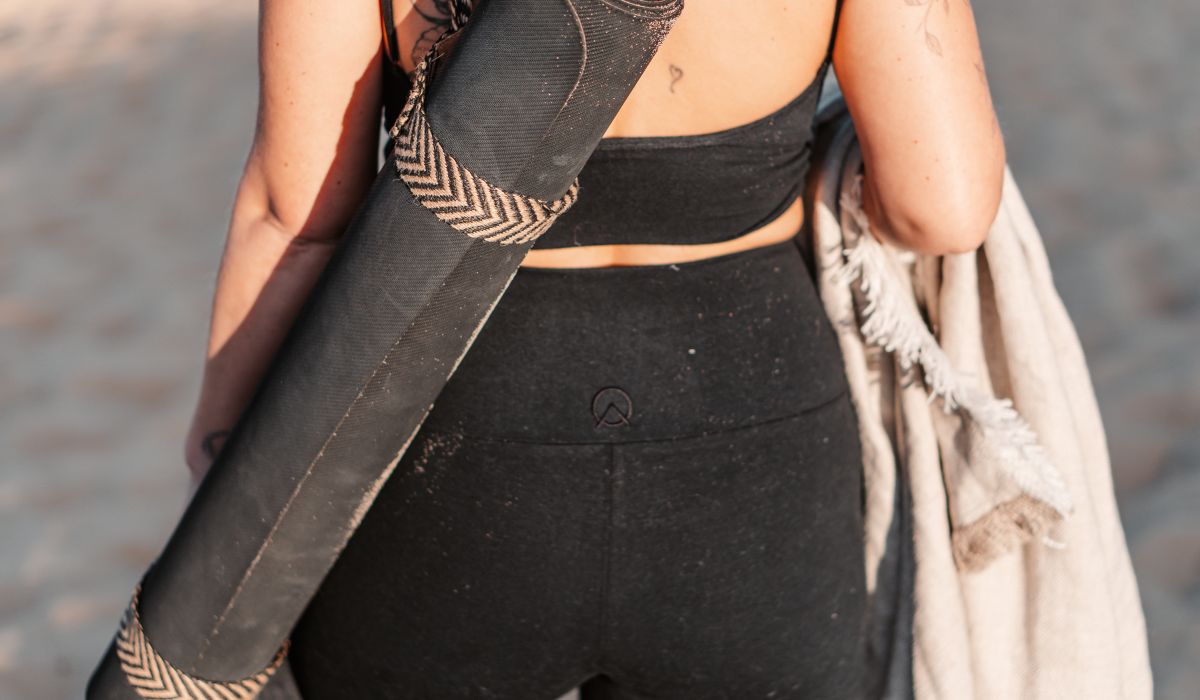Why is Hemp Good For The Earth?
- Hemp is a champion in CO2 storage. One hectare of hemp sequesters 9-15 tons of CO2, just as much as a young forest. But hemp only takes five months to grow.
- Hemp helps to break the cycle of plant diseases when used in crop rotation.
- Hemp helps to prevent soil erosion and reduces water loss.
- Hemp contributes to a greater biodiversity.
- Hemp can be grown with little or no use of pesticides, herbicides or fungicides.
What can hemp be used for?
On top of hemp being an environmental superstar, hemp is so versatile it can be used within various industries.
1. Textile industry (hemp fibre)
Hemp fibre is very similar to flax linen however it's fibres are longer and stronger than linen and hemp grows faster. Hemp has ancient roots and has been used to make clothing for centuries. The fashion industry and in particular fast fashion must transition towards a greener and more sustainable economy and all players have an obligation to seek more sustainable natural materials to curb the production of virgin synthetics. Hemp fibre is a great choice. It's a sustainable raw material and we'd love to see it become the main fabric used within the textile industry.
We use a combination of hemp and organic clothing in our activewear which is far better for the environment and one's health. Our hemp hoodies, hemp joggers, hemp sweaters and hemp t-shirts and tanks are made from 55% Hemp and 45% Organic Cotton. Our hemp leggings, hemp bike shorts and hemp crops are made from 52% Hemp, 43% Organic Cotton and 5% spandex.
2. Food and feed (hemps seeds)
Hemp seeds contain high levels of protein and considerable amounts of fibres, vitamins, Omega-3, and minerals. As a result, de-hulled hemp seeds serve as a food for human consumption, while whole hemp seeds are used as feed for animals.
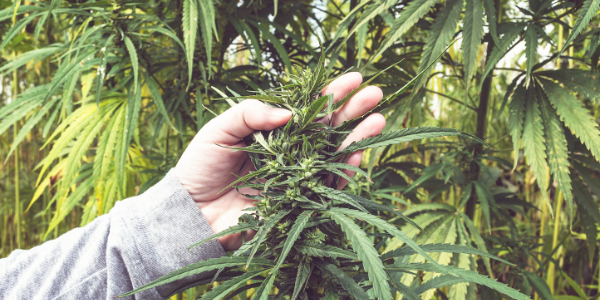
3. Construction (hemp fibre)
There are three main hemp-based products used in construction: lime hemp concrete (LHC), hemp wool, and fibre-board insulation. The construction sector is responsible for 40% of energy consumption and 36% of GHG emissions, and 75% of that energy goes to waste. This has led to a search for construction practices and materials that are carbon dioxide neutral or carbon sequesters. Hemp concrete is a carbon sequester as the amount of carbon stored in the material is higher than the emissions generated during its production, and it continues to store carbon during the building’s life.
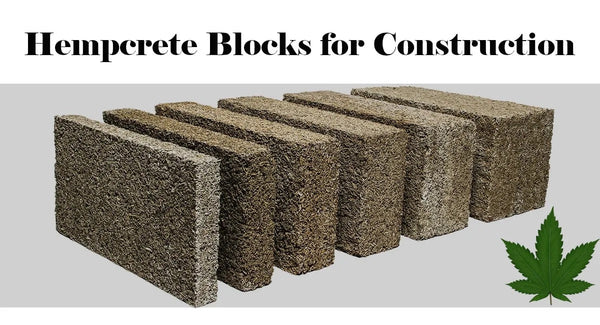
4. Paper production (hemp fibre)
There are multiple advantages to using hemp fibre to make paper: hemp stalks only take up to five months to mature, hemp paper does not necessarily require toxic bleaching chemicals and hemp paper can be recycled seven to eight times.
5. Other uses
Hemp-derived products are used in different industries and for different purposes. Negative environmental effects of plastic have pushed manufacturers to seek alternatives. Hemp is a good option given its light weight and durability. As a substitute for plastic, hemp-derived products are used in different sectors such as car manufacturing, railway, aviation and aerospace.
Other uses of hemp include cosmetics (oils, lotions, shampoos, etc.) and energy production (biofuels). There is also interest in the production and marketing of hemp extracts, notably cannabidiol (CBD), due to its possible uses in cosmetics, health products and food.
From being a banned crop two decades ago, the hemp industry is now on a rapid rise which is great to see. We will continue to champion this natural wonder in our hemp clothing. This year, we will be introducing our first ever hemp underwear line as well as introducing new favourite and classic staples.
We want to see hemp elevated to its rightful place in the fashion world as a sustainable mainstream fabric of choice for both makers and consumers. It's definitely heading in the right direction!
Shop ZONE by Lydia Hemp Clothing Online


